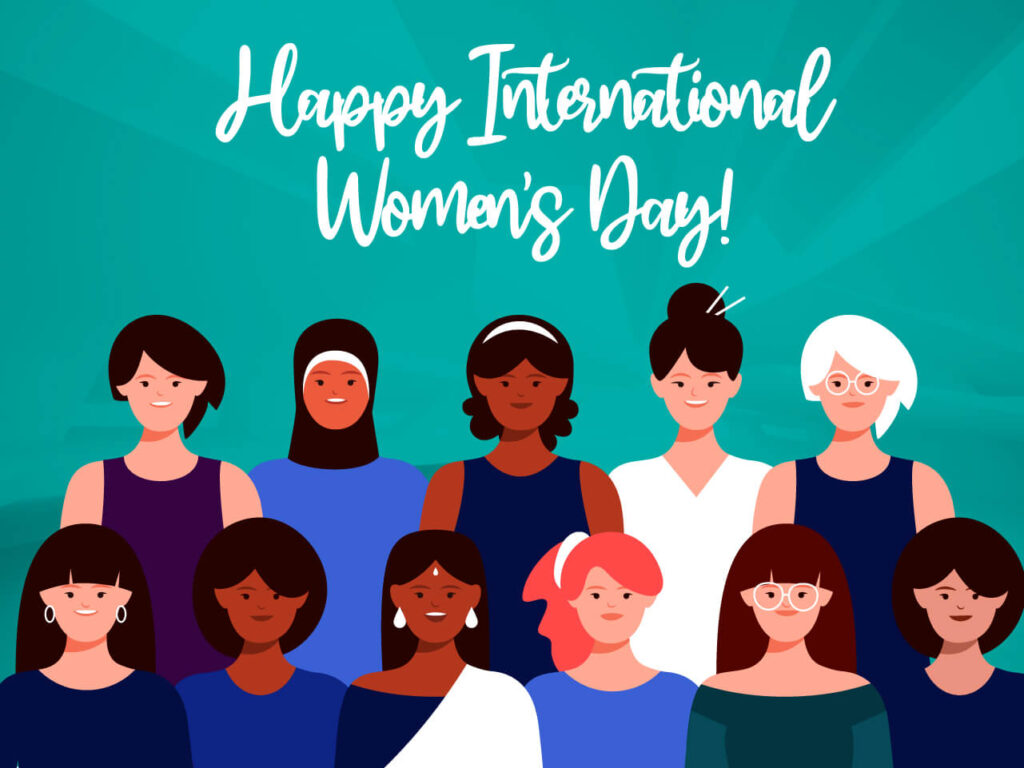
International Women’s Day is celebrated annually on March 8th to recognize the social, economic, cultural, and political achievements of women worldwide. The day also serves as a call to action for gender parity and women’s rights. This observance has a long history, and it continues to evolve to reflect the changing needs of women in the world.
History of International Women’s Day
International Women’s Day has its roots in the labor movement and socialist politics of the early 20th century. The first National Women’s Day was observed in the United States on February 28th, 1909. The following year, the Socialist International held an international women’s conference, where they proposed a day to honor women’s economic, political, and social rights. The first International Women’s Day was celebrated in Austria, Denmark, Germany, and Switzerland on March 19th, 1911, with over a million people attending rallies and demonstrations.
During the Russian Revolution in 1917, Russian women observed International Women’s Day on March 8th, calling for an end to World War I and demanding bread and peace. This day became a national holiday in Soviet Russia, and it was adopted by other socialist countries. In 1975, the United Nations recognized March 8th as International Women’s Day, and it has been celebrated globally ever since.
Importance of Celebrating International Women’s Day
International Women’s Day is an opportunity to recognize and celebrate the achievements of women throughout history and across the world. It is also a reminder of the work that still needs to be done to achieve gender equality. In many countries, women face discrimination and violence, unequal pay, limited access to education and healthcare, and under-representation in politics and business. International Women’s Day highlights these issues and calls for action to address them.
Celebrating International Women’s Day also promotes gender parity and women’s empowerment. When women are given equal opportunities and support, they can contribute to their communities and societies in meaningful ways. Investing in women’s education, health, and employment can lead to economic growth and social progress. International Women’s Day encourages individuals and organizations to make commitments to promoting gender equality and supporting women’s rights.
Themes and Activities for International Women’s Day
Each year, International Women’s Day has a theme that reflects current issues and priorities for women. The theme for 2021 is “Choose to Challenge,” calling for individuals to challenge gender bias and inequality. Activities for International Women’s Day can include marches, rallies, conferences, workshops, and social media campaigns. These activities aim to raise awareness, educate people, and inspire action for women’s rights.
In addition to public events, individuals and organizations can support International Women’s Day by making personal commitments to promoting gender equality. This can include mentoring women, supporting women-owned businesses, advocating for policies that benefit women, and challenging gender stereotypes and biases in personal and professional settings.
Future Goals for International Women’s Day
While International Women’s Day has made significant progress in advancing women’s rights and promoting gender equality, there is still much work to be done. Future goals for International Women’s Day include closing the gender pay gap, ending violence against women, increasing access to education and healthcare, and ensuring women’s representation in politics and leadership positions.
International Women’s Day also aims to create a world where women’s achievements are celebrated and recognized year-round. This includes promoting women’s stories and accomplishments in history, art, science, and other fields. By highlighting women’s contributions to society, International Women’s Day can inspire future generations of girls and women to pursue their dreams and make a positive impact in their communities.
International Women’s Day is a powerful reminder of the importance of gender equality and women’s rights. By recognizing the achievements of women and advocating for their empowerment, we can create a world where everyone has equal opportunities and access to resources. Let us all work together to choose to challenge gender bias and inequality, today and every day.
Table of Contents











